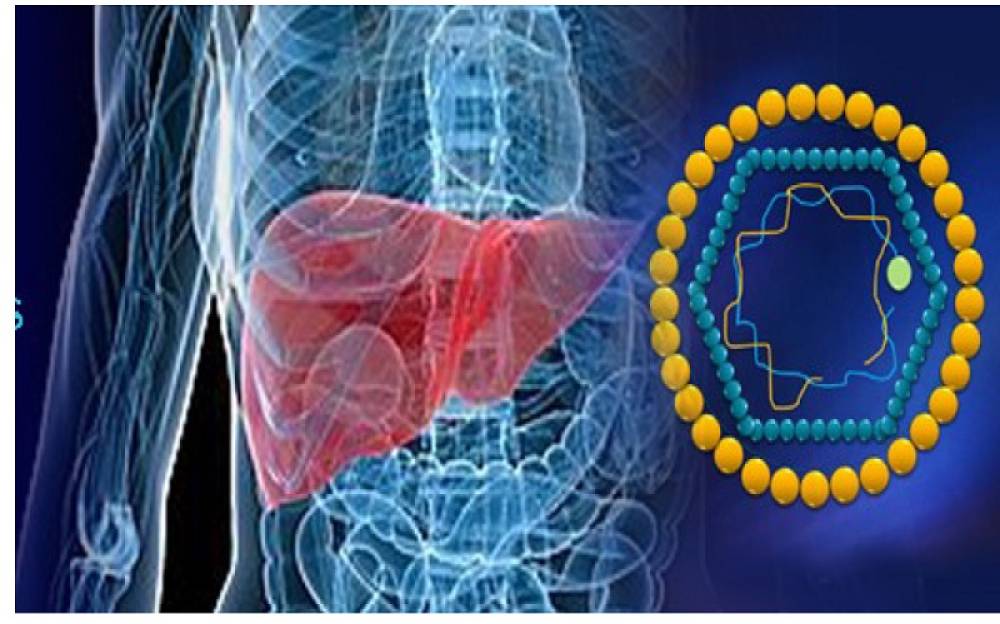TRUPCR® HBV Viral Load Kit is an in vitro nucleic acid amplification assay for the quantitative detection of HBV viral DNA from HBV infected individual specimens using Real Time PCR System. In each test two independent reactions are running in parallel. The first detects HBV in FAM/Green channel & second detects endogenous internal control reaction on Texas red/ROX/Orange channel. HBV viral load measurement is essential for the diagnosis, decision to treat and subsequent monitoring of patients. TRUPCR® HBV Viral Load Kit primers and probes target the highly conserved pre-core and core regions of the HBV genome. Kit demonstrated the ability to reproducibly detect the presence of HBV at the level of = 2.5 IU/ml.
Key Features:
- Takes advantage of the “hot start” technology to minimizing non-specific reactions and assuring
maximum sensitivity & specificity. - The assay enables accurate quantification of genotypes A, B, C, D, E, F, G, and H.
- Higher analytical and diagnostics sensitivity & specificity.
- Detection limit of this assay is 2.5 IU/ml.
- Endogenous Internal Control included in the kit to keep a check on PCR as well as extraction.
- Calibrated with WHO reference materials (NIBSC code:10/266)
- Easy work flow & compatible with various real time PCR instruments.
- No cross- reactivity with other pathogenic virus, bacteria or fungi.
- Available in different pack sizes and extraction formats

Ordering Information:
| CAT. NO. | PRODUCT | CONTENTS |
|---|---|---|
| 3B341 | TRUPCR® HBV Viral Laod Kit | 24 Reactions |
| 3B293 | TRUPCR® HBV Viral Load Kit | 48 Reactions |
| 3B294 | TRUPCR® HBV Viral Load Kit | 96 Reactions |
Publications:
- Lall, Sujata, et al. "Performance evaluation of TRUPCR® HBV Real-time PCR assay for Hepatitis B virus DNA quantification in clinical samples: report from a tertiary care liver centre." Virusdisease 30 (2019): 186-192.
- Garg, Garima, et al. "Presence of entry receptors and viral markers suggest a low level of placental replication of hepatitis B virus in a proportion of pregnant women infected with chronic hepatitis B." Scientific Reports 12.1 (2022): 17795.
